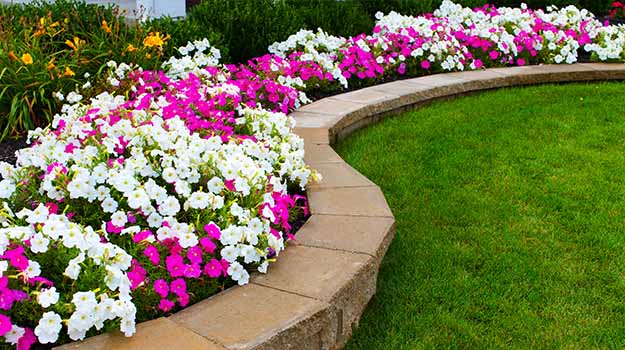Introduction
Arranging flowers in your garden is both an art and a science. A well-planned flower arrangement can transform any outdoor space into a vibrant, inviting sanctuary. Whether you’re a beginner or an experienced gardener, knowing how to arrange flowers effectively helps maximize visual appeal while supporting plant health. This article explores expert tips, design principles, and practical steps to help you arrange flowers in your garden beautifully and sustainably.
Understanding Garden Flower Arrangement Basics
Why Arrangement Matters
Arranging flowers strategically improves the aesthetics and functionality of your garden. Proper placement ensures that plants receive adequate sunlight, water, and airflow, which promotes healthy growth. Thoughtful design also enhances color harmony, texture variety, and seasonal interest, making your garden a dynamic and enjoyable space year-round.
Key Considerations
- Sunlight Requirements: Group flowers with similar light needs together to ensure they thrive.
- Soil Type: Match plants to your garden’s soil conditions (e.g., sandy, clay, loamy).
- Height and Spread: Arrange taller plants at the back or center and shorter ones at the front for visibility.
- Bloom Time: Combine early, mid, and late-season bloomers for continuous color.
Step-by-Step Guide to Arranging Flowers in Your Garden
1. Plan Your Layout
Start by sketching your garden’s layout. Identify sunny and shady spots, existing plants, and pathways. Use this map to decide where to place your flowers based on their needs and visual impact.
2. Choose a Color Scheme
Select a harmonious color palette. You can opt for complementary colors (e.g., purple and yellow) for contrast or analogous colors (e.g., pink, red, and orange) for a soothing look. Using color theory ensures balance and eye-catching appeal.
3. Group Plants Strategically
Group flowers in odd numbers (3, 5, or 7) for natural-looking clusters. Mix textures and forms — such as combining spiky coneflowers with soft, rounded daisies — to add visual interest.
4. Consider Flower Height and Layering
Arrange plants from tallest in the back, medium in the middle, to shortest in front. This layering effect showcases all blooms and maintains sightlines.
5. Prepare the Soil and Plant
Ensure your soil is well-drained and enriched with organic matter. Dig holes twice as wide as the root balls, place plants carefully, and water thoroughly to help roots establish.
Expert Tips for Long-Lasting Flower Arrangements
- Use Native Plants: Native flowers are adapted to local conditions, requiring less maintenance and supporting local pollinators.
- Incorporate Perennials and Annuals: Perennials provide structure, while annuals add seasonal pops of color.
- Add Mulch: Mulching conserves moisture, suppresses weeds, and improves soil health.
- Regular Deadheading: Removing spent flowers encourages reblooming and keeps plants tidy.
Common Flower Arrangement Styles for Gardens
Formal vs. Informal
- Formal Arrangements: Symmetrical and structured, often using geometric shapes and repetition.
- Informal Arrangements: Naturalistic and free-flowing, mimicking wildflower meadows.
Vertical and Horizontal Design
- Use trellises or obelisks for climbing flowers to add height.
- Spread groundcovers and low-growing flowers to fill horizontal space.
Seasonal Planning
Design your arrangement to highlight different flowers each season. For example, tulips and daffodils in spring, roses and lilies in summer, and chrysanthemums in fall.
Conclusion
Arranging flowers in your garden thoughtfully combines creativity with horticultural knowledge. By considering sunlight, soil, color schemes, and plant characteristics, you can create a beautiful, thriving floral display that evolves throughout the seasons. Start with a clear plan, mix textures and colors, and maintain your garden regularly to enjoy a stunning floral arrangement year after year. Ready to transform your outdoor space? Grab your gardening tools and start planting today!
